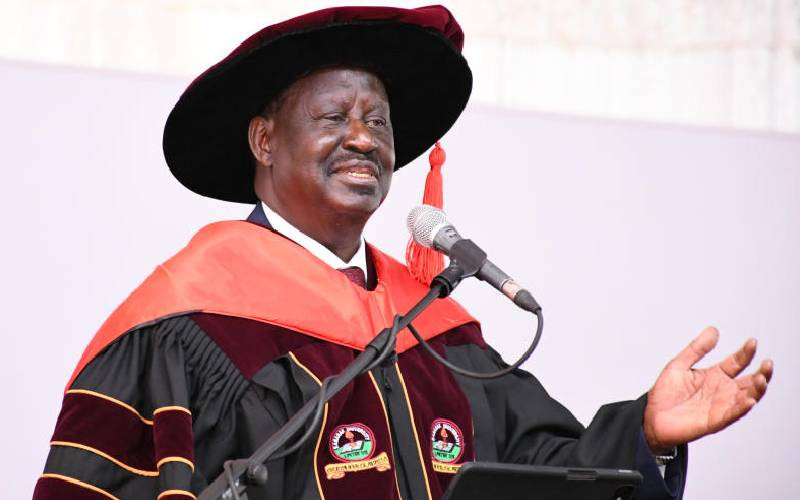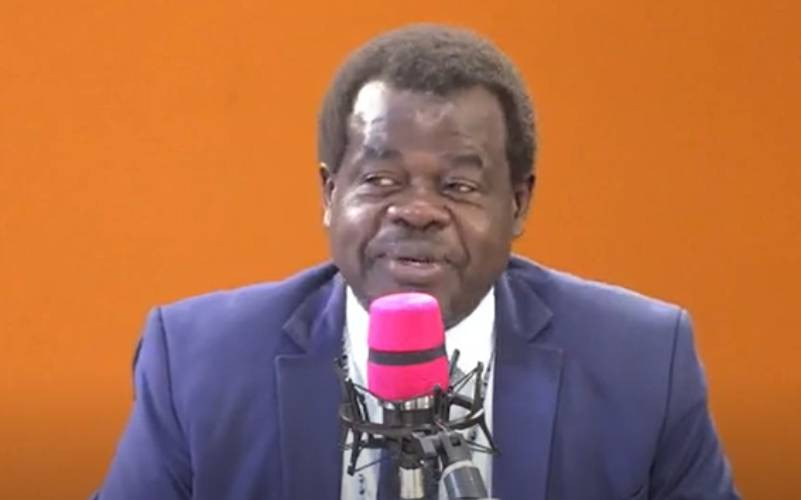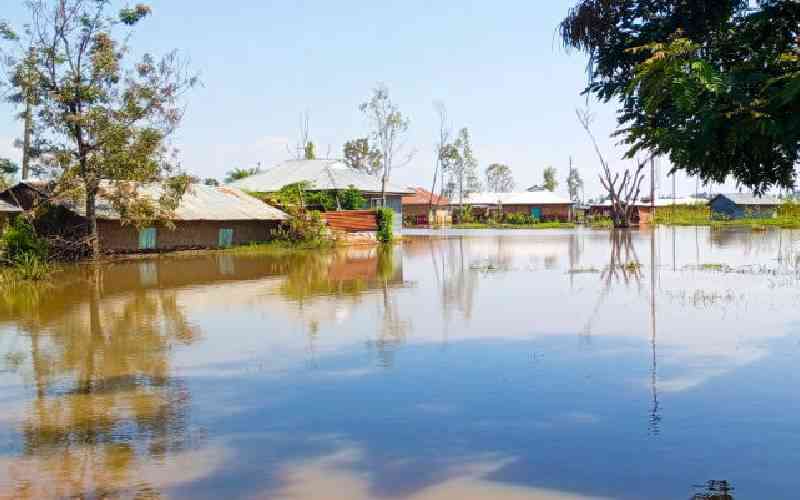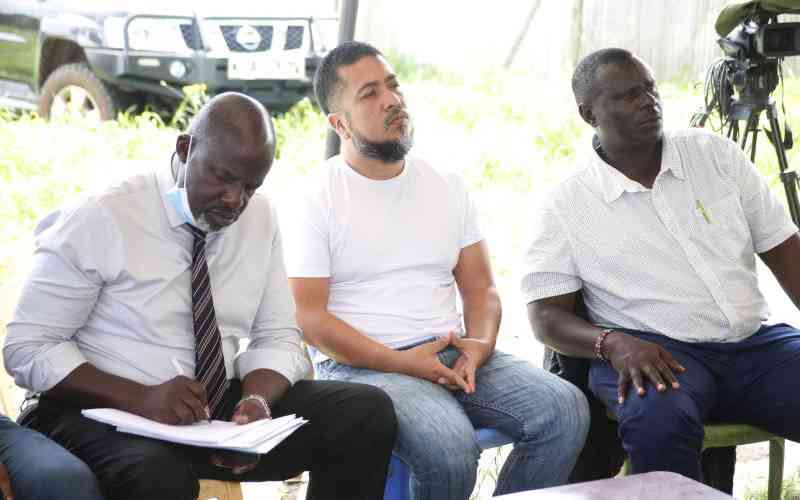A report by the United States’ Bureau for International Narcotics and Law Enforcement Affairs published in March 2015 had indicated that Somalia’s remittance banks, or hawalas, were financing terror activities.
The report by the US Department of State warns that despite Kenya being a member of the Eastern and Southern Africa Anti-Money Laundering Group, it still has deficiencies in controlling the flow of funds, and that Kenya is also not capable of adequately criminalising terrorist financing.
The report alleges that the Kenyan authorities are unable to ensure a fully operational and effectively functioning financial intelligence unit.
Although many of the hawalas that send money to Somalia have branches in Kenya, where a large Somali diaspora lives, the report notes that “Somalia does not have a commercial banking sector, and the Central Bank lacks the capacity to supervise or regulate the hawala”.
“Somalia does not have laws or procedures requiring the collection of data for money transfers or suspicious transaction reports. Somalia did not distribute the UN list of terrorists or terrorist entities to financial services. Somalia lacked the funding and capacity to investigate and prosecute incidents of terrorist financing,” says the report.
Although it does not mention specific agents susceptible to misuse to finance terrorist groups, the report expressed concern over the growing number of hawalas used to channel money to Al-Shabaab.
Money laundering
In the 233-paged document titled “International Narcotics Control Strategy Report Volume II on Money Laundering and Financial Crimes’, the State Bureau for International Narcotics and Law Enforcement Affairs observes that Kenya’s proximity to Somalia makes it an obvious and attractive location for laundering of certain piracy-related proceeds and a financial facilitation hub for Al-Shabaab. The report further states that trade goods are used to provide counter-valuation by regional hawala networks.
Although banks, wire services, mobile payment and banking systems are available to increasingly large numbers of Kenyans, there are also thriving, informal and unregulated networks of hawalas and other remittance systems that facilitate cash based, unreported transfers the Kenyan government cannot track.
The report claimed that foreign nationals, and in particular the large ethnic Somali residents and refugee populations, were primarily using hawalas to send and receive remittances internationally.
The document lists Kenya among major countries where money laundering has thrived, adding that despite efforts by the Kenya Revenue Authority (KRA), department of the public prosecution and police to combat the vice, Kenya remains vulnerable to money laundering and financial fraud.
“Kenya is a transit point for international drug traffickers. Trade-based money laundering is a problem in Kenya, though the KRA has made strides in improving internal monitoring and collection procedures,” states the report.
It notes there is a black market for smuggled and grey market goods in Kenya, which serves as a major transit country for Uganda, Somalia, Tanzania, Rwanda, Burundi, eastern Democratic Republic of Congo, and South Sudan. It further states that goods marked for transit to these northern corridor countries are not subject to Kenyan customs duties, but Kenyan authorities acknowledge that many such goods are often sold in Kenya.
The reports observes that money laundering and terrorism financing activities in the country occur in both in the formal and informal sectors, and derives from both domestic and foreign criminal activity. Such activities include transnational organised crime, cybercrime, corruption, smuggling, trade invoice manipulation, illicit trade in drugs and counterfeit goods, trade in illegal timber and charcoal and wildlife trafficking.
Mobile transfers
Stay informed. Subscribe to our newsletter
Kenya’s financial sector supports 43 licensed commercial banks, many with branches throughout East Africa; nine deposit taking micro-finance institutions with 69 branches; 91 licensed Forex bureaus and one mortgage finance company. Kenya holds more than half of the total bank assets in the region, which has grown to $52 billion in 2013, up from $45.2 billion in 2012.
Remittances from the diaspora in 2013 totaled $1.3 billion and are already at $1.1 billion through September 2014, with North America providing between 45-50 per cent of all remittances, and with Europe and the “rest of the world” each providing approximately 25 per cent.
There are approximately 121,000 mobile-money agents in Kenya. Through August 2014, $1.7 billion moved through Kenya’s mobile-money systems.
The report states that while mobile payment and banking systems are increasingly important, tracking and investigation of suspicious transactions remains difficult. The lack of regulation/supervision of this sector, coupled with a lack of reporting from certain reporting entities, contribute to the risks posed by this sector, the report adds.
 The Standard Group Plc is a
multi-media organization with investments in media platforms spanning newspaper
print operations, television, radio broadcasting, digital and online services. The
Standard Group is recognized as a leading multi-media house in Kenya with a key
influence in matters of national and international interest.
The Standard Group Plc is a
multi-media organization with investments in media platforms spanning newspaper
print operations, television, radio broadcasting, digital and online services. The
Standard Group is recognized as a leading multi-media house in Kenya with a key
influence in matters of national and international interest.
 The Standard Group Plc is a
multi-media organization with investments in media platforms spanning newspaper
print operations, television, radio broadcasting, digital and online services. The
Standard Group is recognized as a leading multi-media house in Kenya with a key
influence in matters of national and international interest.
The Standard Group Plc is a
multi-media organization with investments in media platforms spanning newspaper
print operations, television, radio broadcasting, digital and online services. The
Standard Group is recognized as a leading multi-media house in Kenya with a key
influence in matters of national and international interest.








